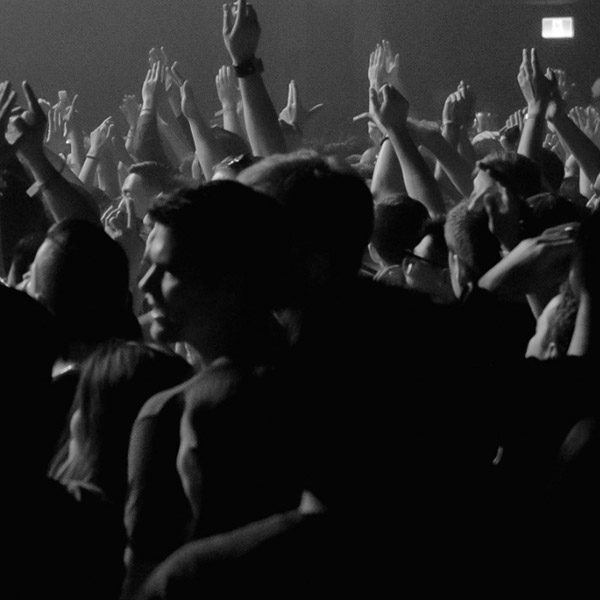A Timeline of Narcocorrido Bans in Mexico
The ban on narcocorridos in certain Mexican states have most recently caused chaos at a Luis R Conriquez show in Texcoco, a city in the State of Mexico just 15 miles outside Mexico City.
“There are no corridos. What do we do? Should I just go home instead?” Conriquez, who pioneered the regional Mexican subgenre corridos bélicos, told the rowdy crowd that protested his firm stance on not performing corridos that night. He was following the rules and regulations established by Texcoco, a municipality that, since April 9, prohibited expressions that glorify violence following the implementation of a law targeting mass events.
“It feels awful not to be able to sing what people want to hear, but we join the cause of zero corridos,” the Sonora-born artist added, stirring up a strong reaction by the audience who booed him, threw punches and caused significant damage to the venue, ending the show abruptly. (Read Conriquez’s exclusive interview with Billboard detailing exactly what happened that night.)
Corridos are a style that dates back to the Mexican Revolution in the early 20th century. Over the past few decades, the subgenre has birthed various iterations, including corridos bélicos, corridos alterados, corridos verdes, corridos tumbados and narcocorridos, to name a few.
While Conriquez’s situation has sparked mass media attention, the ban on narcocorridos, songs that often name-check Mexican drug kingpins or cartel figures, goes way back to the 1970s, when Los Tigres del Norte ushered a new era for corridos. Since, calls for censorship of this popular style of music — which has only gone global over the past few years thanks to a new generation of hitmakers, including Gerardo Ortiz, Peso Pluma, Natanael Cano and Conriquez — have only intensified.
Sinaloa was among the first states in Mexico to call for a ban on narcocorridos in the 1980s. Other states followed in efforts to regulate or control the diffusion of narcocorridos. Today, 10 (out of 32) states in Mexico have implemented bans and limitations on the broadcasting of corridos in public spaces, including Baja California, Chihuahua, Guanajuato, Quintana Roo, Nayarit, Jalisco, Michoacán, Aguascalientes, Querétaro and Estado de México. Without a federal law, the local government would apply penalties that range from fines or up to one year in prison to those who play music that advocates violence.
“This censorship has followed regional Mexican music for many years but in reality, it reflects what happens every day in our environment,” Rafael Valle, programming director of Guadalajara radio station La Ke Buena, previously told Billboard. “If the song says some word that is not allowed on the radio, obviously we modify the song, but we don’t censor it because that would mean not playing songs that people are constantly requesting.”
States have gone so far as to banning actual artists from performing in certain cities. In 2012, Los Tigres were “indefinitely banned” from Chihuahua after the norteño band sang narcocorridos during a weekend concert there. “We ask concert organizers and the artists themselves to think about the difficult situation the country is in,” government officials said then. Murders and drug-related violence linked to organized crime in Mexico continues to engulf the country today.
This year alone, a number of new bans have taken into effect in Mexico and have even expanded into the U.S. In an unprecedented move, the U.S. State Department canceled work and tourist visas of Mexican corrido group Los Alegres del Barranco after they displayed images of the leader of the Jalisco New Generation Cartel (CJNG), Nemesio Oseguera Cervantes, also known as “El Mencho,” during a concert on Saturday (March 29) at an auditorium at the University of Guadalajara.
Below, see Billboard‘s updating timeline on state and federal actions against narcocorridos implemented this year in Mexico, and their impact on Mexican artists.
Griselda Flores
Billboard






